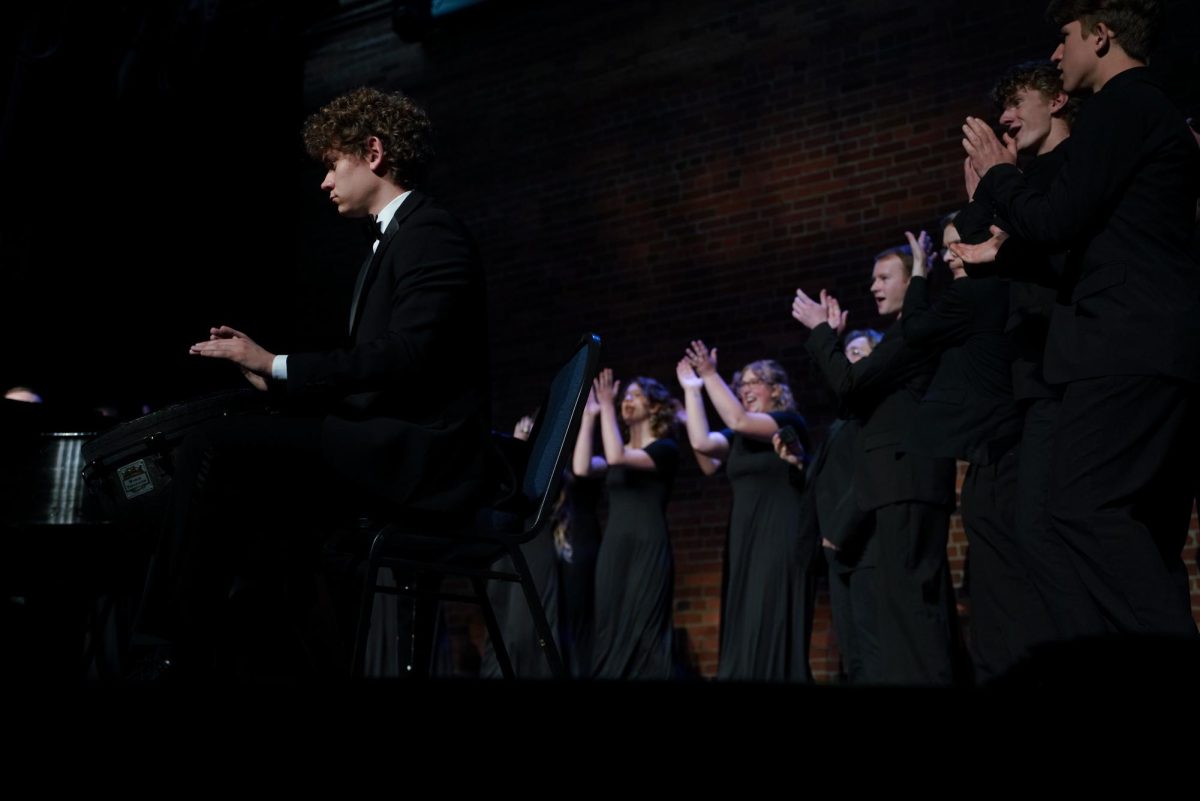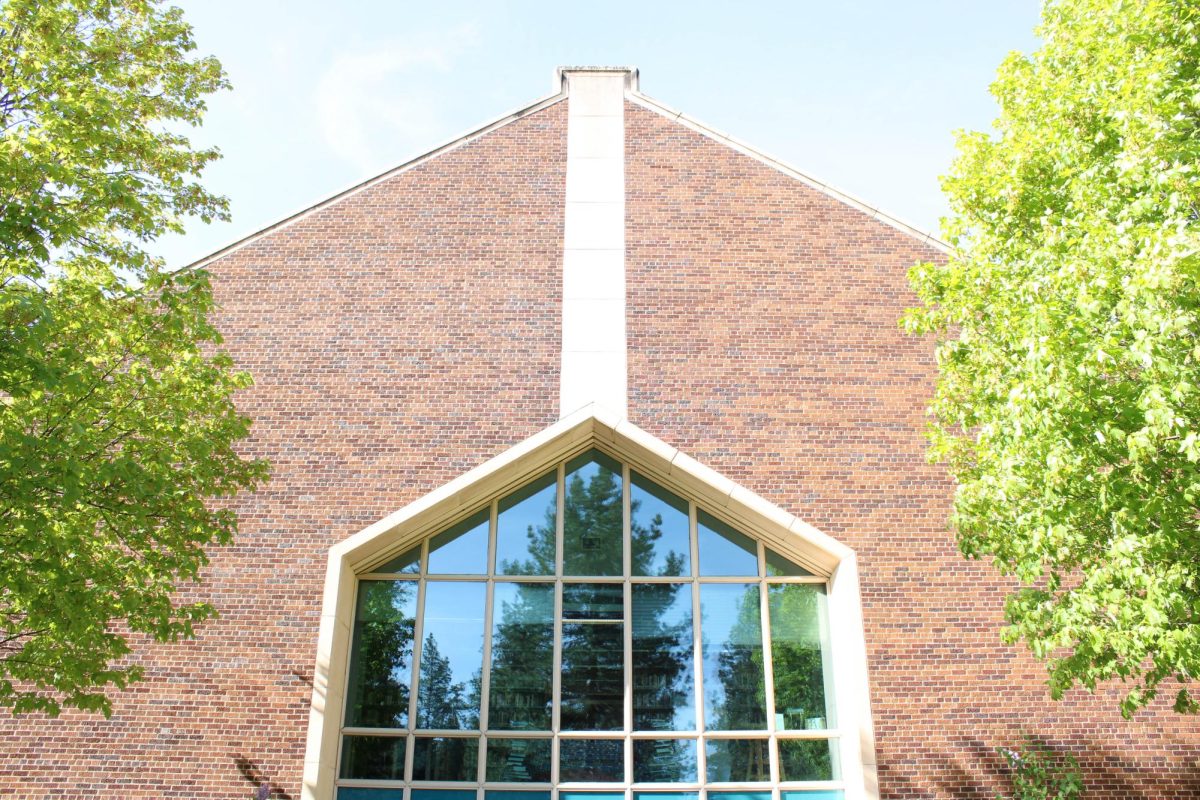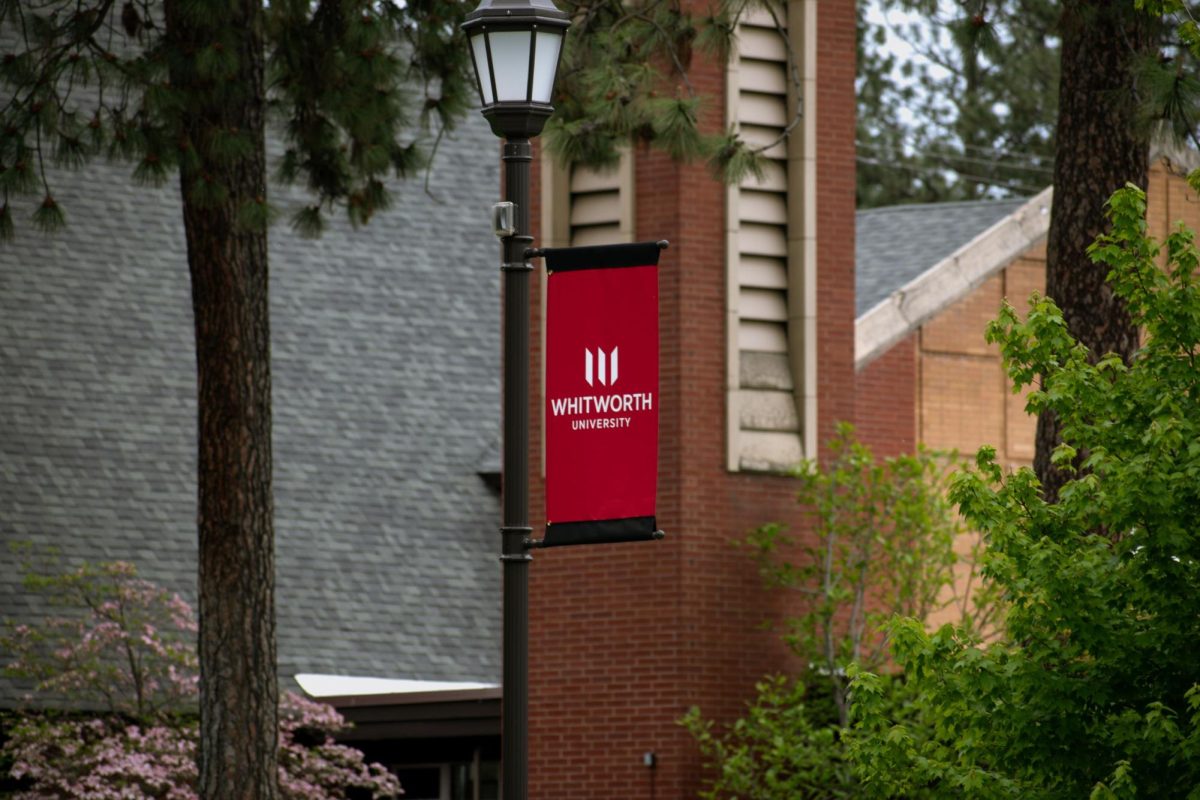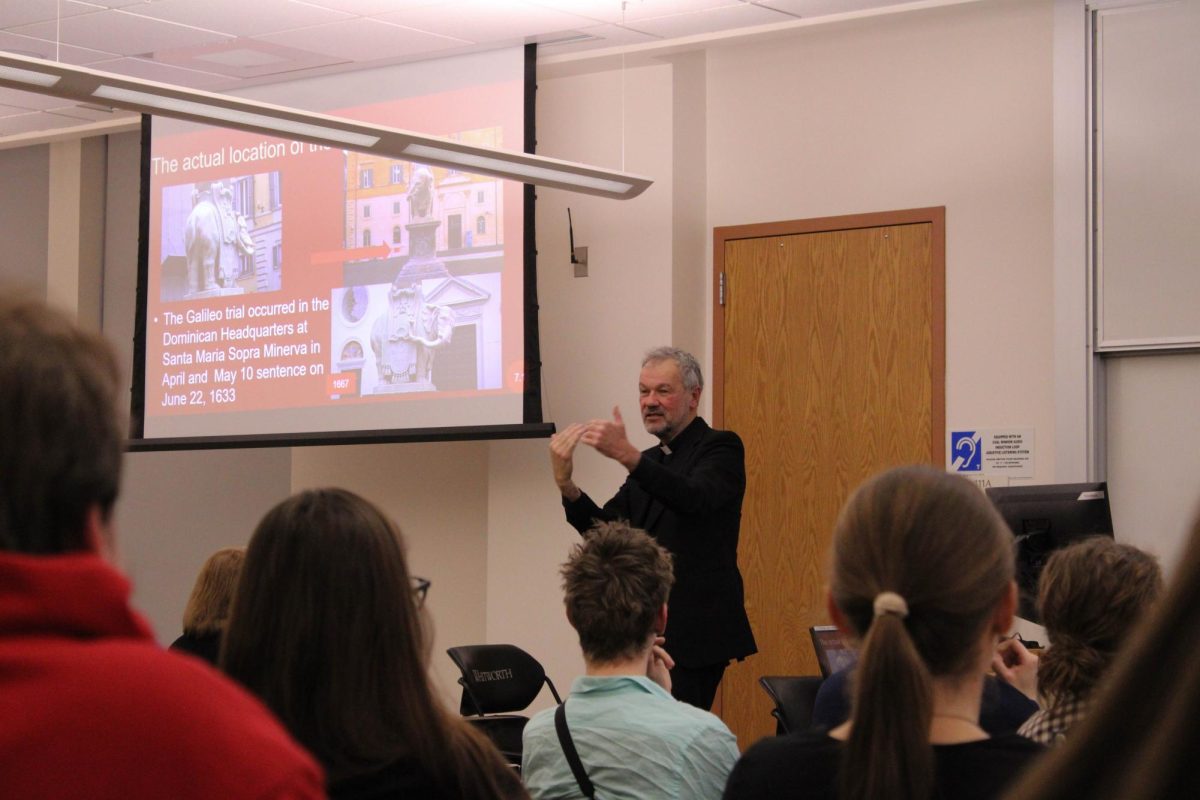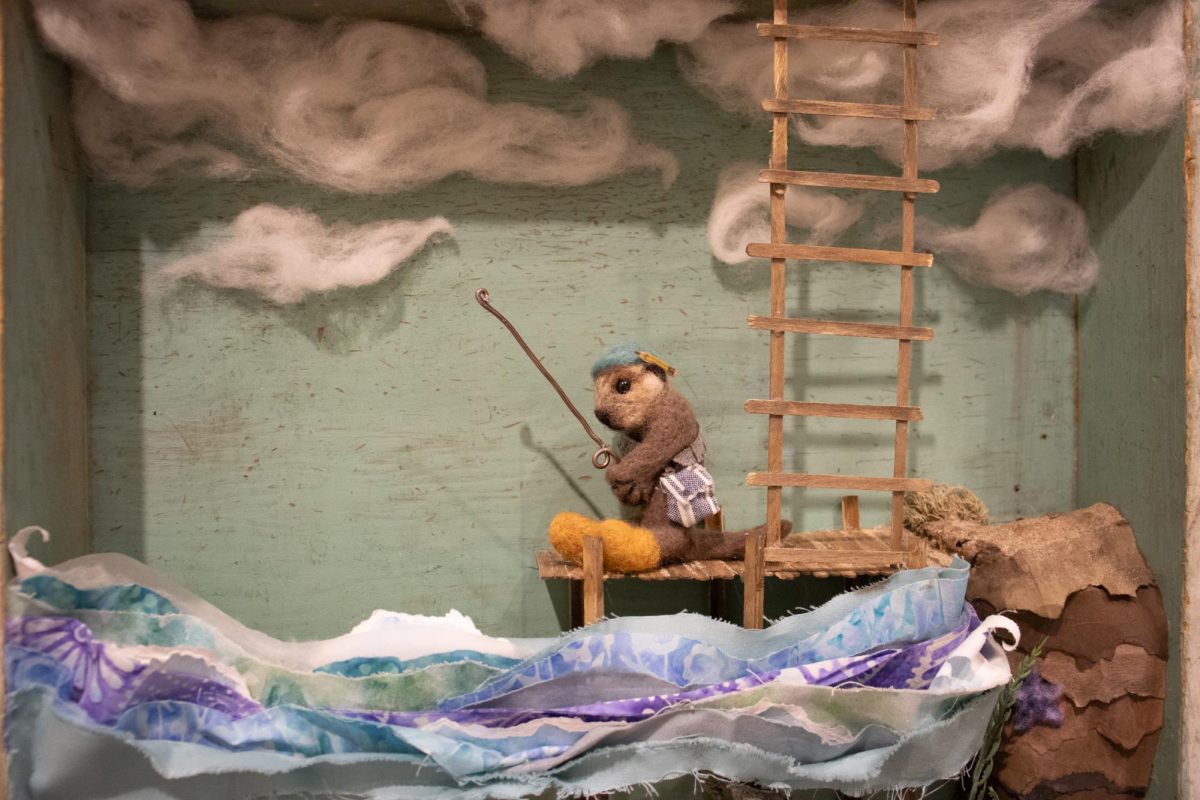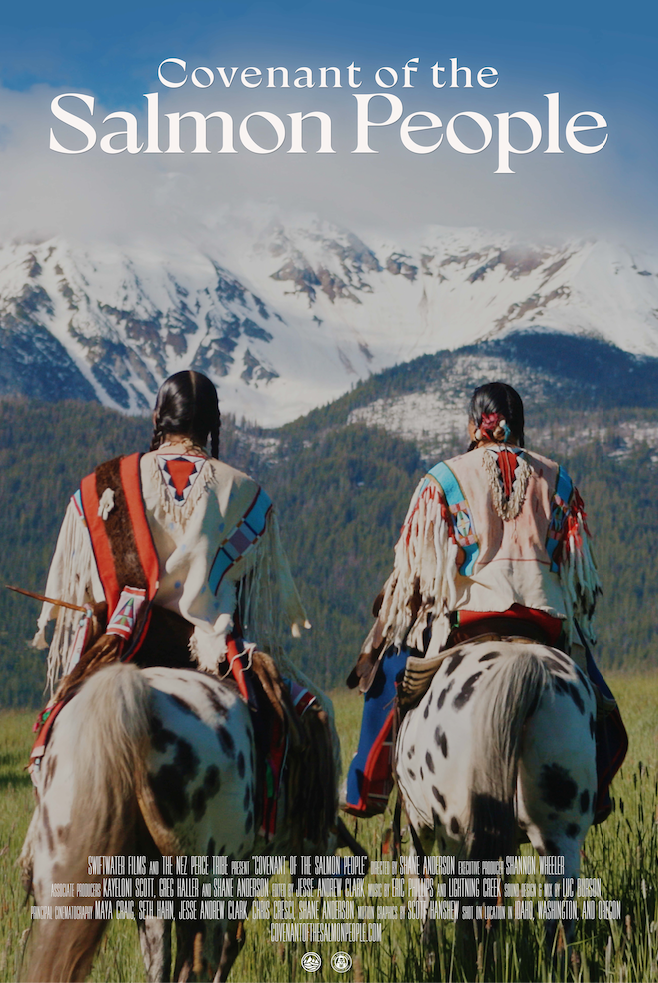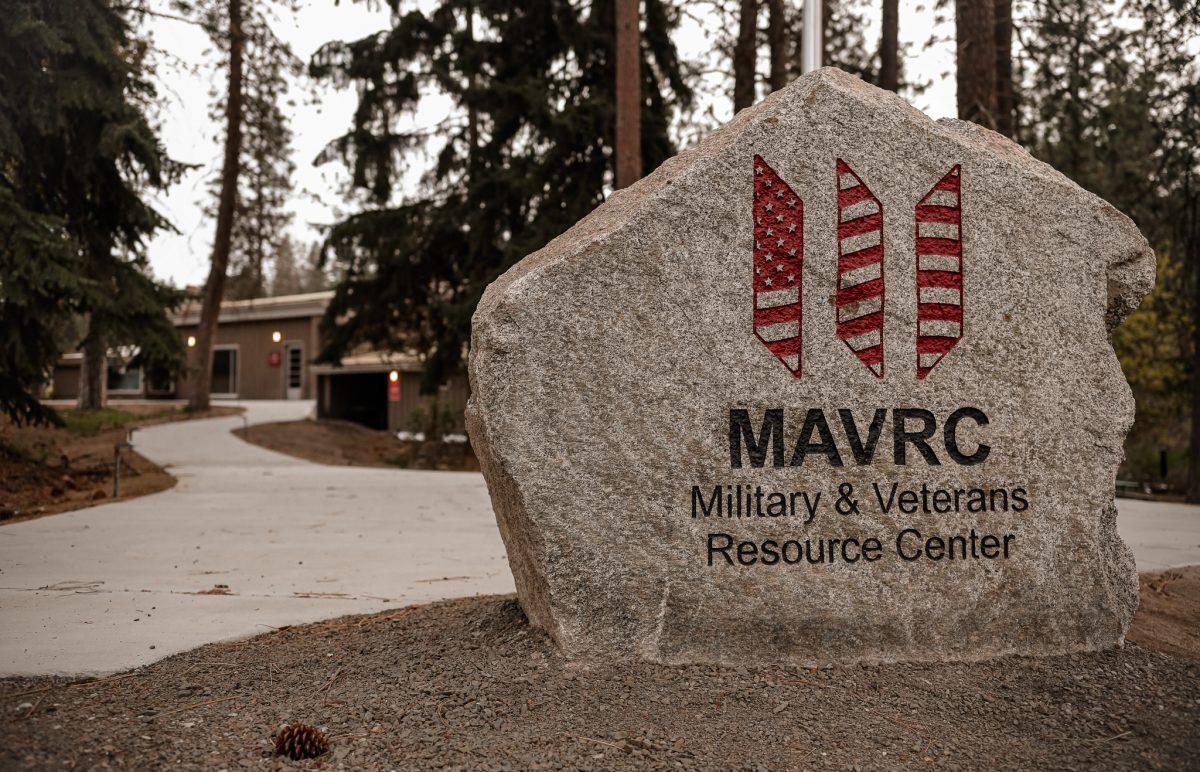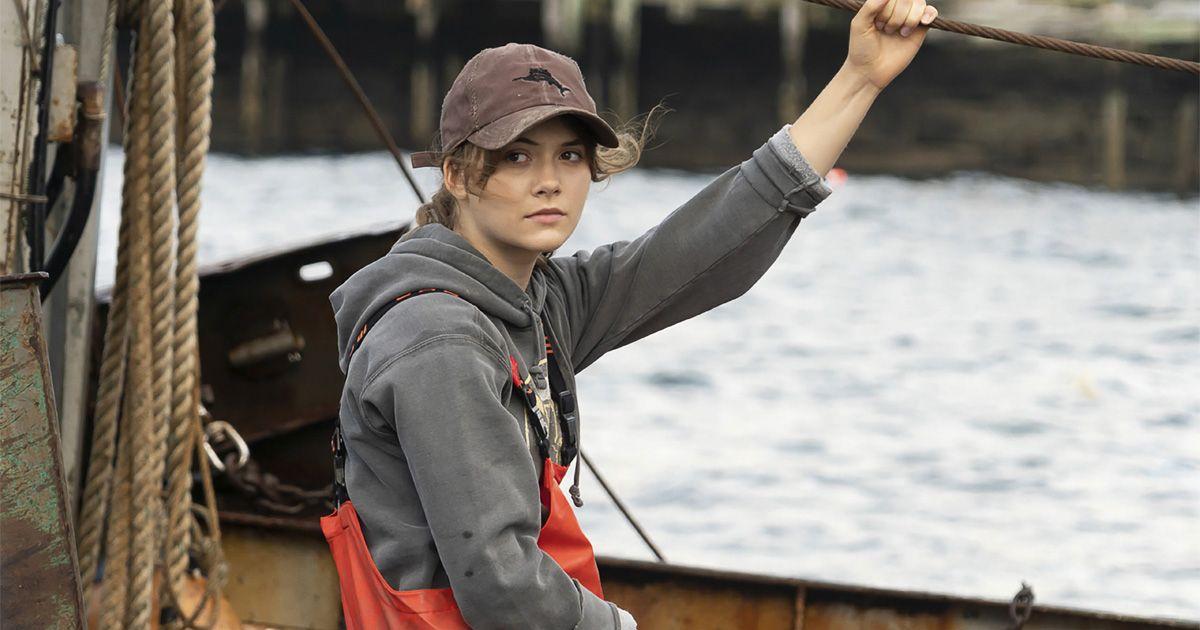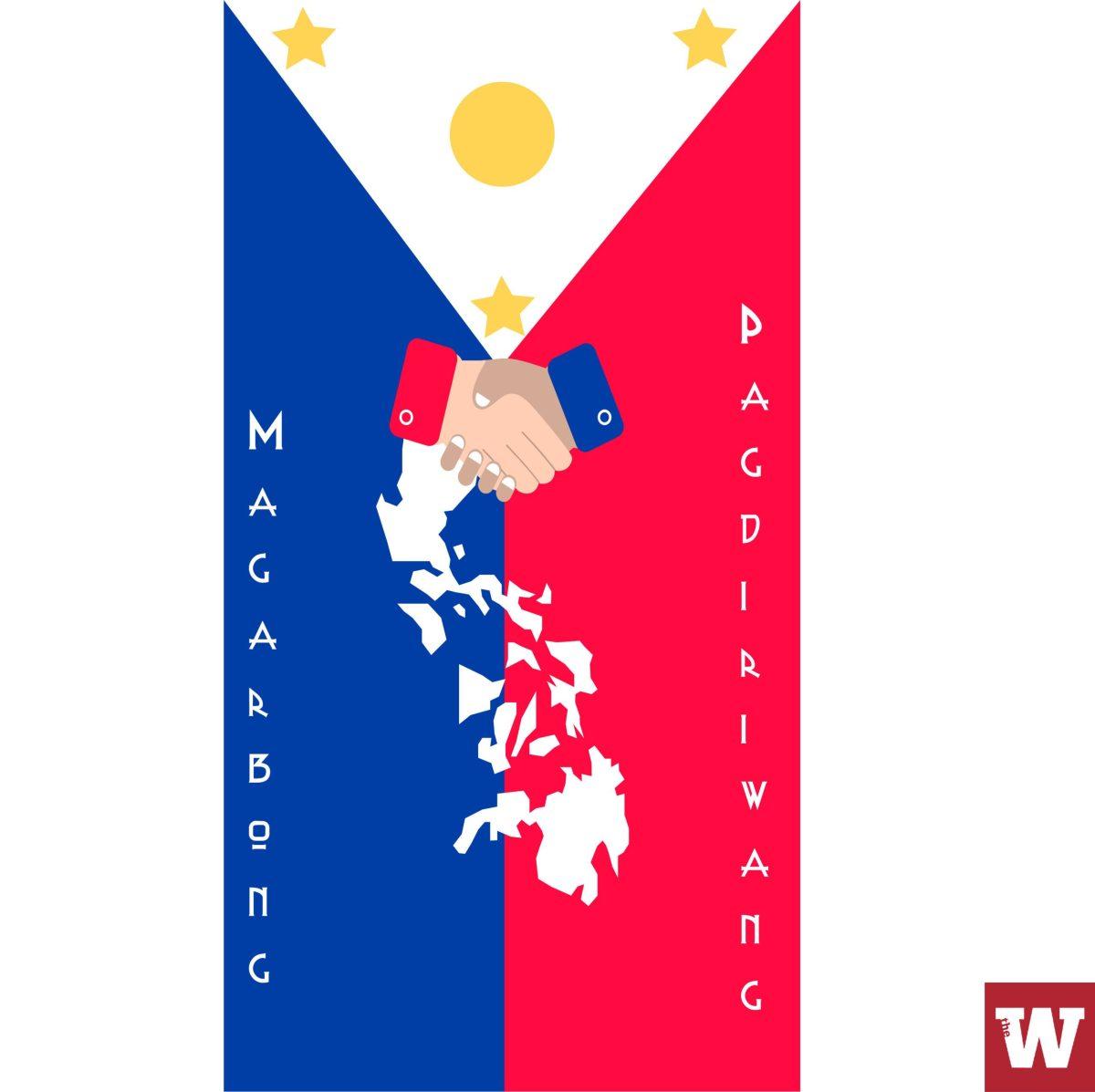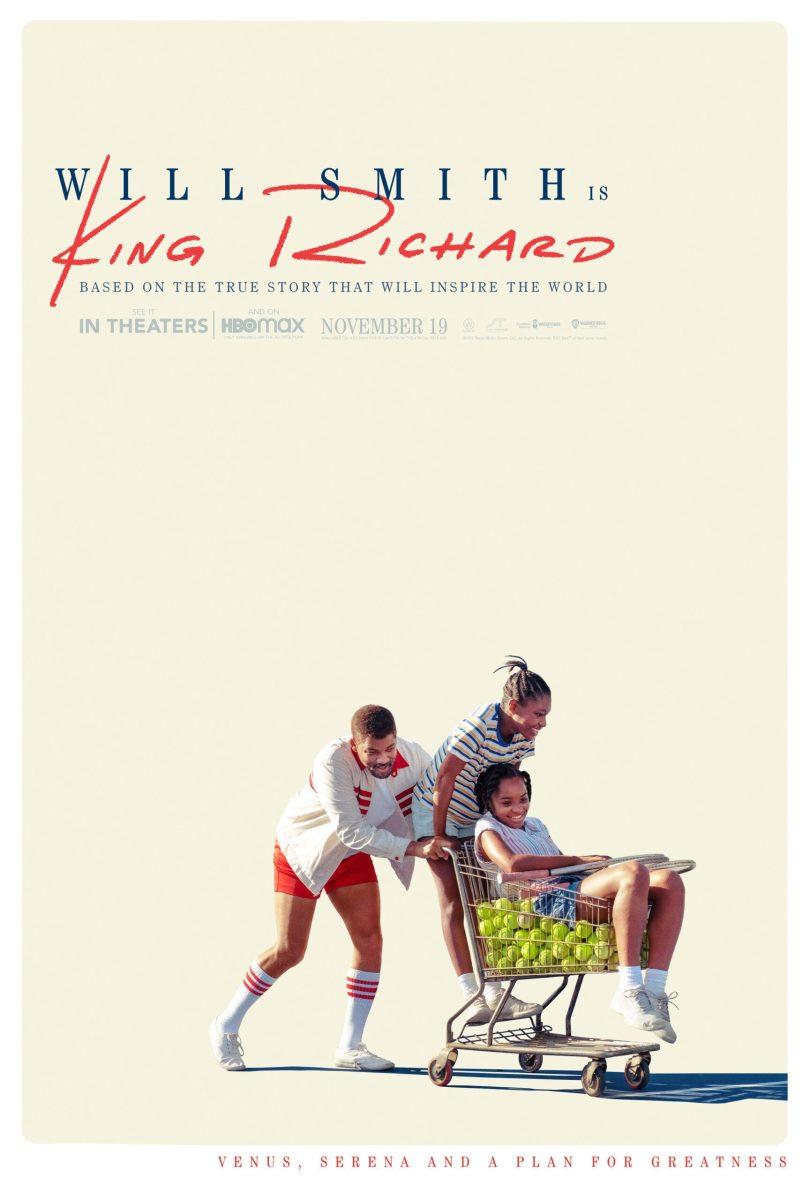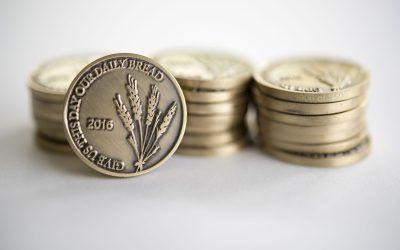
Emma Maple, staff writer for the Whitworthian, is participating in a study away semester with the American Studies Program through Whitworth Off-Campus Programs. As part of this trip, which takes place in the heart of Washington DC, she is reporting on events and organizations that she visits. This article discusses the annual cherry blossom festival in DC.
Every Whitworth student knows the importance of the overflowing, massive flower baskets that line the Hello Walk every semester. DC’s cherry blossom trees, which line the tidal basin, as well as being scattered throughout all of the quadrants, have similar significance.
Spring is the most popular time to visit DC, thanks in part to the annual cherry blossom festival.
Celebrating the blooming of cherry trees is an age-old Japanese tradition. However, cherry trees first appeared in DC in 1912, when Mayor Yukio Ozaki of Toyko gifted 3,020 cherry trees to DC. Ozaki sent the cherry trees to First Lady Helen Taft, who harbored a great love for the beautiful blossoming trees.
Although the trees were beautiful, no celebration took place until 1927 when a group of children re-enacted the tree planting, according to the National Cherry Blossom Festival (NCBF) director of marketing and communications Meg Cohen. In 1934, the event became official with city commissioners sponsoring a three-day event celebrating the blooms.
Cohen said this event continued to grow until it became the “four week extravaganza” that is celebrated today.
“We are reaching a lot of people with the celebration, which is really exciting.”
Now there are 12 different types and 3,800 individual cherry trees that exist in East Potomac Park. Every March and April, millions of tourists arrive in DC, hoping to get a glimpse of the trees during peak bloom.
The cherry blossom festival thrives on large gatherings, but when COVID hit in 2020, the NCBF had to rework their plans.
“At that moment, it was very much about pivoting, focusing on safety and avoiding large crowds,” Cohen commented.
Cohen said that 2021’s celebrations were similar. The organization avoided planning large scale gatherings and instead brainstormed to come up with virtual options “that still focus[ed] on the mission of bringing people together and taking joy in spring coming to DC.”
This year, with mandates lifting and restrictions loosening, Cohen said that the organization has gradually returned to more traditional events.
However, the organization still faced unique challenges. Every year, the organization tries to plan the events around peak bloom – which can happen as early as March 15 and as late as April 19, according to Cohen. This year, peak bloom was about 10 days earlier than usual. This means a lot of the festivities happened after the blossoms fell.
“Nature can be really tricky, and you want to make sure we’ve got festivities while peak bloom is happening,” Cohen said. “We’re telling people to hang in there. Festival things are still going on.”
This year’s signature events featured the opening ceremony, the national cherry blossom festival parade, the blossom kite festival, “petalpalooza,” the tidal basin welcome area and a pink tie dinner party.
Most of the events are completely free. “The mission of the organization is very much to make them as open and free as possible,” Cohen said. The organization mainly receives funds from sponsors such as Hilton, Mars Inc., LaCroix, Amazon and more.
Cohen said that the pink tie dinner party is the one exclusive event they have, which costs $250 per person. This dinner party is viewed as a fundraiser, allowing other events to be offered free of charge.
While the cherry blossom festival is a famous photo-op for thousands of tourists venturing to DC for spring break, the meaning of the trees goes deeper than that. Cohen said that the fact that these trees are so celebrated today is an enduring testament to the international friendship started 110 years ago.
“That relationship endures today. And it’s so incredible to see a manifestation of that friendship.”
Cohen believes that this particular festival is special for another reason.
“There are cherry blossoms all over the United States. Many areas have a festival. But there’s something special about the fact that they’re all around the tidal basin,” she said. “You get that encompassing view with the beautiful monuments in the background. You have Jefferson, the Washington Monument, Martin Luther King Jr., FDR, all these iconic pieces of American history framed in these beautiful blossoms. It’s so fleeting. There’s nothing quite like it.”
The cherry blossoms, like Whitworth’s overflowing flower baskets, bring joy to people. And that’s something that may be needed now, more than ever.



